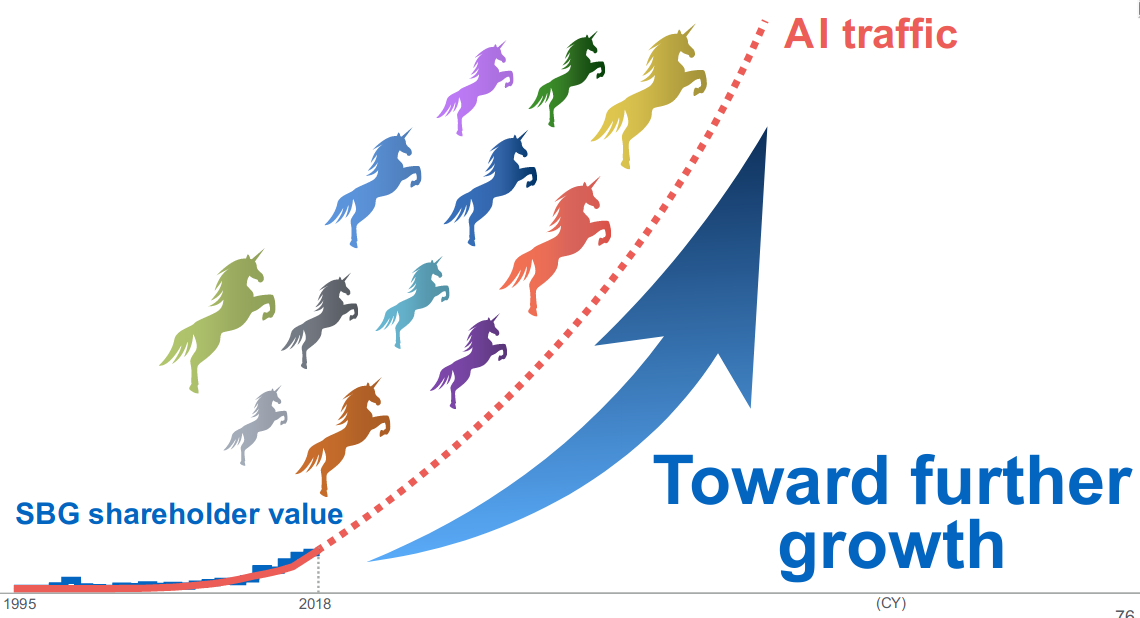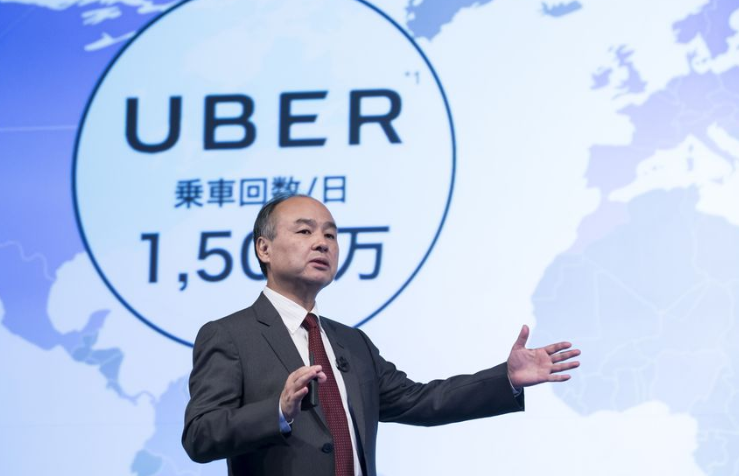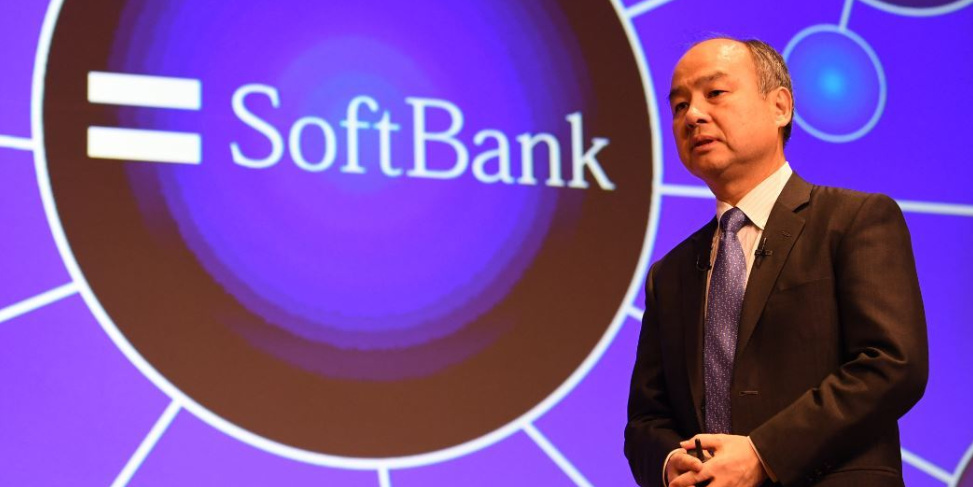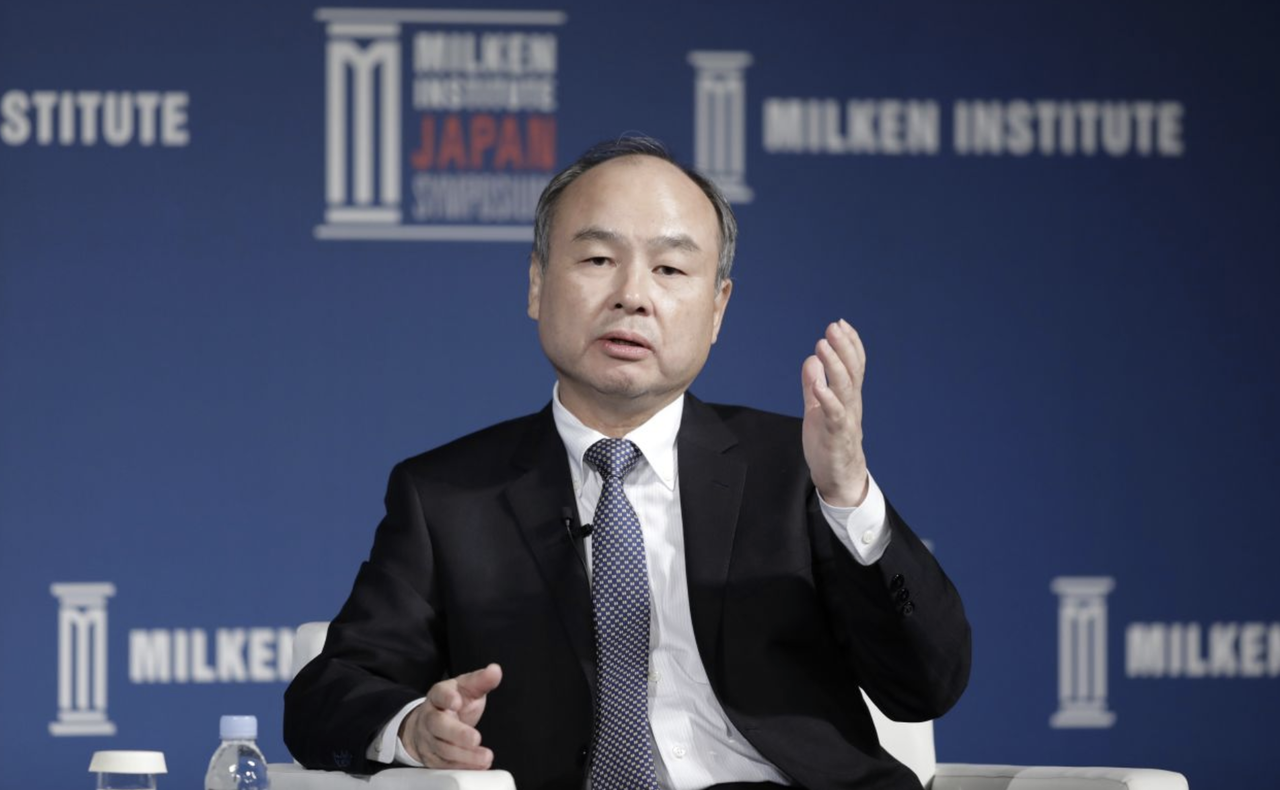In what appears to be an attempt skirt the lock-up on newly listed Uber shares, Softbank’s Vision Fund is planning to borrow $4 billion against its shares of the ride hailing company. The fund is currently in talks with Goldman Sachs to arrange the loan, which would be secured against the fund’s shares of newly-listed Uber. The loan would also be backed by the fund’s shares in Guardant Health and Slack, according to FT.
As with any margin loan, should these high flying “optimistically priced” companies start to see their valuations fall, the fund will have to put up more cash or will see its shares liquidated.
The loan also raises additional questions about what appears to be a very real need for cash at the Vision Fund. Recall, we reported in early May that SoftBank was considering a $100 billion IPO for the fund. The Japanese telecom conglomerate with what has emerged as the world’s largest VC arm, whose investor presentation include bizarre slides such as this one…
… was also reportedly in talks with the Sultanate of Oman to secure an additional investment in its existing fund. Masayoshi Son had also visited China to discuss potential investments in the fund worth several billion dollars.
So we can’t help but ask: just how much cash does the fund really need, and what, exactly, is going on behind closed doors at the fund?
Since the Vision Fund was founded in 2016 investments made by SoftBank founder Masayoshi Son and the fund’s chief executive, Rajeev Misra, a former Deutsche Bank debt trader, have caught the public’s attention. For the most part, the fund’s transactions have taken place in the private markets, but a wave of recent IPOs over the last few months has given the fund the liquidity necessary to cash out of some of its investments.
And yet, as the FT reports, the fund will look to borrow against its publicly traded shares and use the cash to return capital to its investors. While the move bypasses the traditional lock up for newly listed shares, it prompts questions: why do investors want their capital back now?
Of course, the Vision Fund is the largest shareholder in Uber, which had a less than ceremonious IPO in May, when the stock debuted and instantly was met with selling pressure. Softbank had already sold a small portion of its position in the listing, but it still owns 13% of the company.
Uber is now down about 10% from its initial public offering. It had an equity valuation of around $82 billion when it listed, but despite falling, Softbank is still in the black on its late 2017 investment in the company.
Guardant Health is a blood testing company that the fund owned 30% of at the end of the first-quarter. It went public in October of last year and has a market cap of about $7 billion. Finally, Softbank‘s stake in Slack was valued at about $950 million. Slack will look to pursue a direct listing next month. The value of those stakes should cover the loan more than three times over – as long as the price but for these companies remains inflated frothy as high as it is today.
It was reported that margin loan features will kick in after the final share lock up period ends on the underlying shares expires. Goldman Sachs is one of the banks in talks to provide the loan, which will reportedly bear an interest rate of 150bps over LIBOR. The loan wall formally be closed after Slack’s completed’s direct listing.
Meanwhile, Softbank has about $143 billion of interest bearing debt and nearly double that in total liabilities – both of which far eclipse its market cap, which is around $100 billion. And this isn’t the first time Softbank has taken out one of these types of loans. Last year it took out an $8 billion loan against its stake in Alibaba.
Softbank has favored margin loans because they protect the bank’s other assets, even though the lender can sell the underlying stock if the collateral falls in value. This means that these loans are not factored into the bank’s credit rating, which is a concern since SoftBank already carries junk ratings from Moody’s and S&P.
One lawyer said that margin loans have become ubiquitous as a result of the recent rush of US technology listings. They’re often used as a way for early investors to cash out ahead of lockup periods, he said.
A banker told FT: “Shareholders are considering it more and more as either a way around lock-up, to put on more leverage or to maximize their proceeds.”
As for the Vision Fund’s IPO, it’s difficult to imagine that it would be anything other than a desperate exit strategy for SoftBank, considering recent reports that the firm’s backers in Saudi Arabia and Abu Dhabi have reportedly expressed reservations about Masayoshi Son’s investment strategy, complaining that he had made reckless investments at valuations that many felt were too high. And that was before the Uber IPO disaster.
The news also comes just weeks after WSJ reported that Masayoshi Son lost $130 million of his personal fortune after buying into bitcoin at the top of the 2017 bubble, then selling while prices were crashing.
If he’s managing the Vision Fund in the same revolutionary and disruptive way, its need for quick cash may make perfect sense.
via ZeroHedge News http://bit.ly/2wq39zU Tyler Durden



